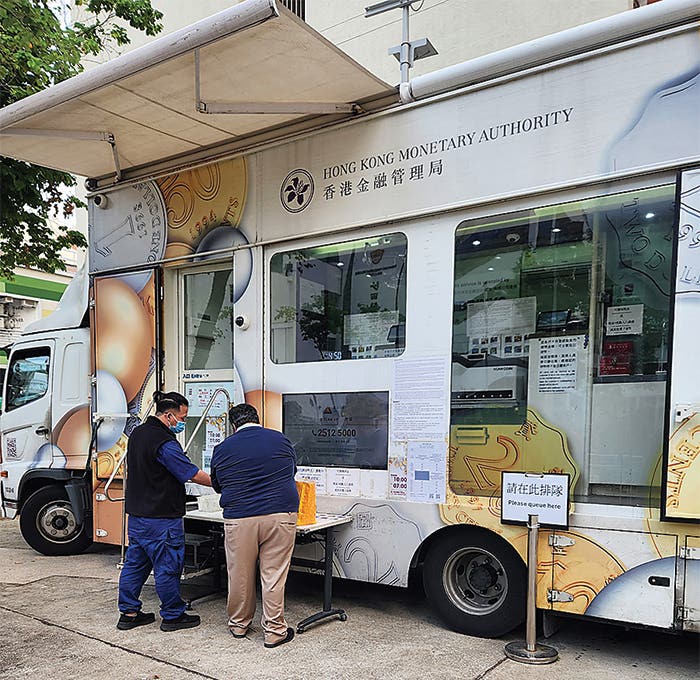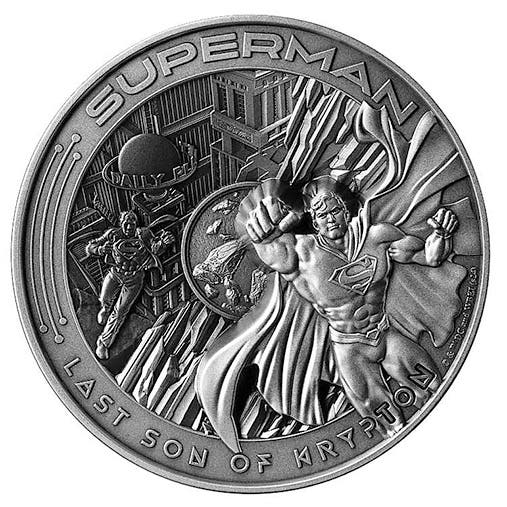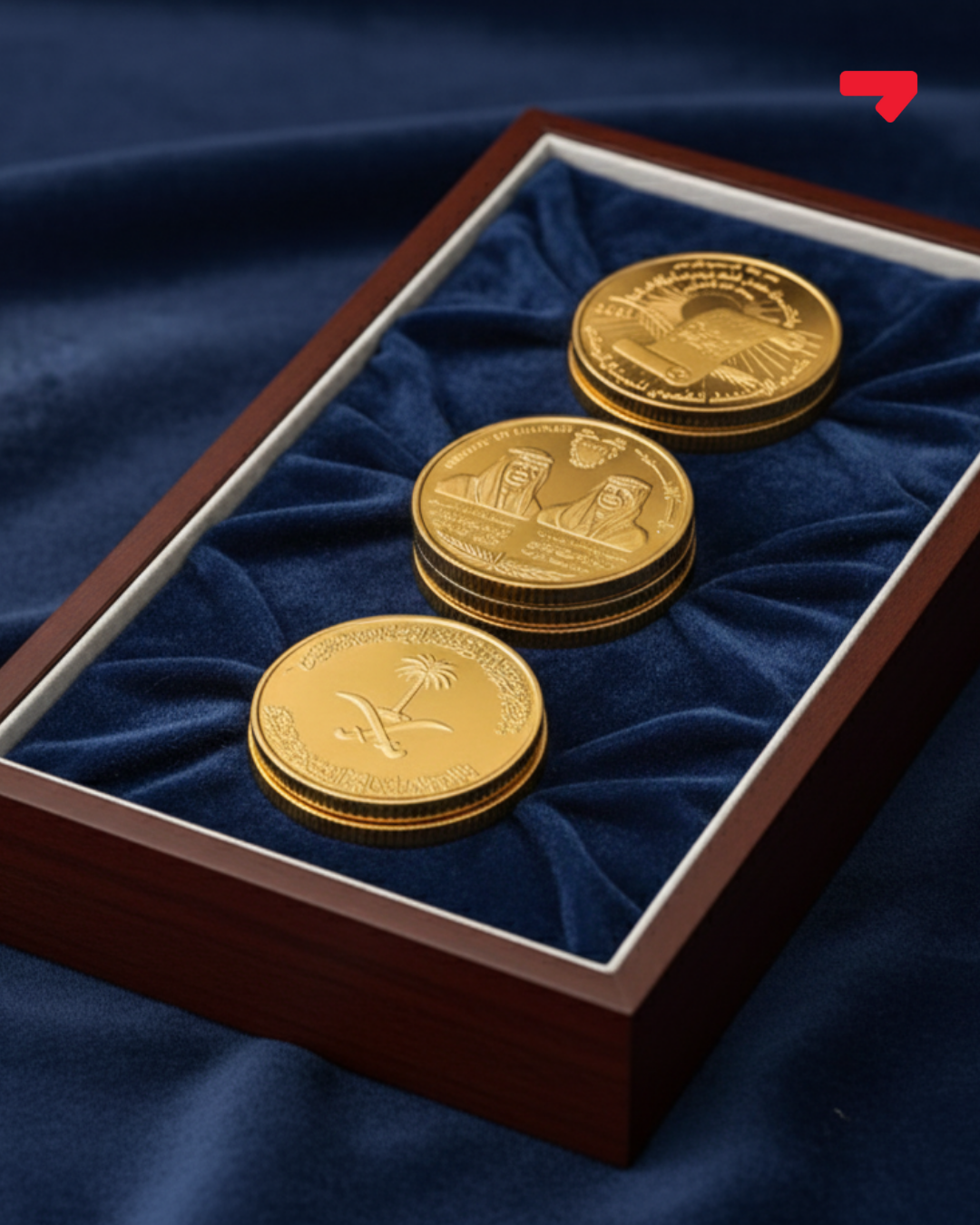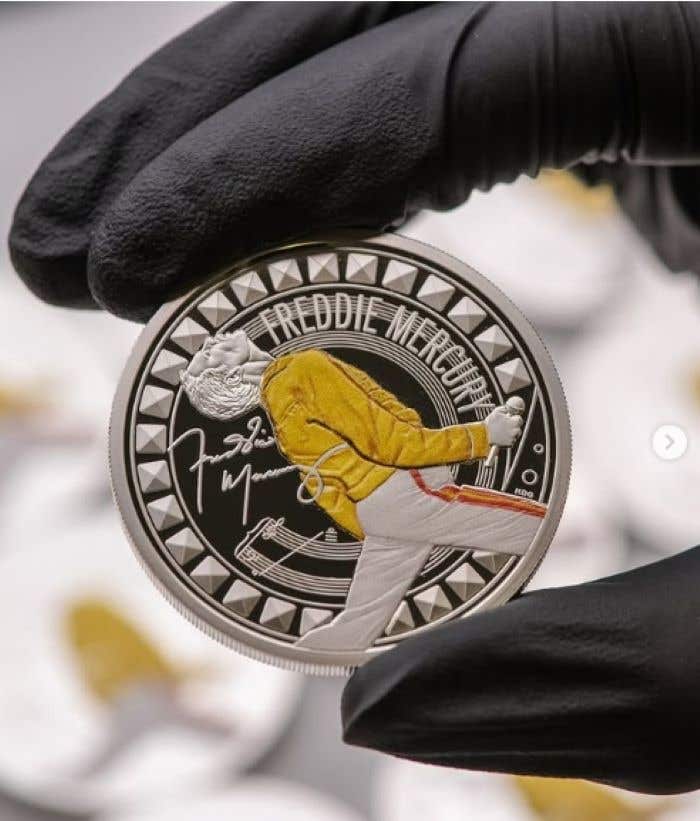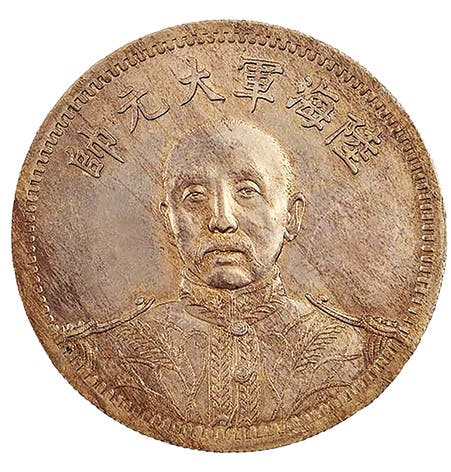Rare 1809 Gerona issue has rich history
A few years ago, as we approached the anniversary of the beginning of The Great War, World War I, many in the coin industry anticipated the release of copious amounts…
A few years ago, as we approached the anniversary of the beginning of The Great War, World War I, many in the coin industry anticipated the release of copious amounts of commemorative coinage honoring the heroism and suffering of individual participants and glory of nations and armies. Definitely the duration and magnitude of the conflict warranted the issue of so many coins; however, the notion that a hundred years later this honoring in modern coinage holds any great significance is, in a way, lost on me. What I mean is, these coins are only a pale echo in comparison to the event, something that can only vaguely remind us of the sacrifice of those involved a hundred years ago.
In our offices here at the Standard Catalog of World Coins, we get calls annually from people who are cleaning out their relatives’ homes and come across some saved coins. Often times they turn out to be pocket change from returning servicemen, soldiers from World War II who were seeing foreign lands for the first time and accumulating little pieces of memories in the form of papers and coins. The answer to the survivors’ questions are almost always the same: these are very common pieces, which will hold more sentimental value than numismatic value.
Recently, I had occasion to consider all of these tiny aspects of war mementos and commemorative coins when I became aware of a rare Spanish crown coming up for auction. This coin was more than a memento or a modern reflection of a past conflict. It was what we call a siege coin, a coin produced during wartime to allow trade to continue within the walls of a besieged city. It’s very rare; so rare, in fact, that I have never seen an example offered for sale.
This coin did not come out of WWI or WWII. It was produced during what some might consider, the precursor to these huge conflicts: The Napoleonic Wars. However, I think those historians who study military actions would probably see the same parallels I see between the Napoleonic Wars and WWII. The megalomania of their central figures, whose unwillingness to recognize the reality of their limitations led them to spread their forces too thin over too many fronts, led to defeat at the hands of resistance, which stood its ground, albeit with the assistance of other concerned national forces.
When you really consider it, one might even think of the Napoleonic Wars as the first World War, in a sense. For much of the remainder of the 19th century, there were major repercussions for the countries involved, with shifts of power and territorial exchanges at home and in their territories around the world.
There are a large number of coins from many areas that illustrate the many facets of the Napoleonic Wars. Most are avidly collected due to their rich historic value. Some are fairly common and available; some are pretty scarce. The coin we are considering here is extremely rare, with only three examples known to exist from an unverifiable, storied mintage of nine, ending with a broken die before the tenth coin could be struck. It represents a strong Spanish determination to hold onto their country in the face of French aggression and is backed by a history that tells the same story. In my estimation, it is the most significant coin of the Iberian Peninsular Wars, if not the entire Napoleonic War, with only the Tortosa countermarked five pesetas (for which only one example is known and almost no background has been revealed) being less obtainable.
The coin I speak of was struck and issued in the city of Gerona, Spain, in 1809, supposedly by a local silversmith under order of the Governor of the city. It is a silver five pesetas bearing a stern military bust of Ferdinand VII and the crowned arms of Castile and Leon. By the time it was produced, Joseph-Napoleon Bonaparte, older brother of Emperor Napoleon I, had been put in place as King of Spain, hot off a similar stint as King of Naples and Sicily.
Joseph had been successful in Italy, while in Spain he was reviled, particularly by the populace of Madrid, where open revolt against French occupation had taken place just a month before. Charles IV had turned the throne over to his son, Ferdinand VII, in March of 1808 in the face of French aggression after Napoleon I had turned on his allies and taken control of much of northern Spain, including Madrid, leaving Ferdinand VII without a country.
I think this coin represents a statement from the Governor of Gerona, directed at the French forces surrounding his city and occupying his country, and that statement was: we stand with King Ferdinand VII, we do not recognize French authority in Gerona, there will be no surrender.
It is a coin shrouded in mystery due to conflicting accounts and limited information sources. You can find it cataloged in Cayón, Calbeto, Herrera, Mailliet, Heiss, Schoen, Dasi and Krause, each with slightly differing information. I have seen a line drawing of this type with draped bust rather than the military bust in which it was actually struck, as well as reproduction pieces on eBay based on the line drawings seen in Dasi. But for the real deal, we have little history of origin or exchange, with just a few auction records from the 1940s to the 1950s.
Past value for this coin had been estimated to be in the neighborhood of $25,000 to $30,000 by those who know more than me. Last week, in a Cayón Subastas sale closing on July 3, it achieved a hammer price of $31,470 (https://live.cayon.com/lots/view/1-135UBP/fernando-vii-gerona-5-pesetas-1809-ebc-muy-atractivo-extraordinariamente-rara).
In the meantime, here is the background of the need for this coin and story of those strong individuals who stood for their Kingdom.
In February 1808, Emperor Napoleon I ordered General Guillaume Philibert Duhesme to march on Barcelona on the east coast of Spain. Duhesme occupied the city’s fortress, but within a few weeks Spanish troops and Catalan Militia rebelled. Fearing becoming cut off from the border, in late June of 1808 Duhesme led a force north against Gerona, the only major populace between Barcelona and France. They were repelled and retreated to Barcelona, bringing an end to what became known as The Battle of Gerona.
With word that reinforcements were on the way under command of Honore Charles Reille, Duhesme decided to mount a second assault on Gerona. This time, Duhesme set up a full siege operation and settled in for the duration. During August, Spanish fighters under Conde de Caldagues attacked Duhesme’s siege forces, who ended the siege and retreated again to Barcelona. Though they had incurred few casualties in Caldagues’ attack, they did suffer losses of men and artillery during the retreat. Reille retreated to nearby Figueres without much incident, bringing an end to what is known as The Second Siege of Gerona.
Given the unsuccessful attempts to secure a clear French supply and communication path from Barcelona to the border, Emperor Napoleon I tasked Laurent Gouvion Saint-Cyr with assembling a new corps to engage the area and extract Duhesme from his self-created predicament. Gouvion Saint-Cyr laid siege to Rosas in early November and had taken the city within a month after heavy shelling. With Gerona still between his massive forces and Barcelona, Gouvion Saint-Cyr marched his troops through the mountains and around Gerona to Barcelona. Gouvion Saint-Cyr’s forces outnumbered the Spanish resistors by almost double, so what came to be known as The Battle of Cardadeu in mid-December was considered a success for the French.
Having brought reinforcements to Barcelona, Gouvion Saint-Cyr now began devising his plan of attack for Gerona, knowing full well that his success was a necessity for France to gain control of the area. In May of 1809, Gouvion Saint-Cyr began the massive task of setting up batteries and fortifications for his assault on Gerona. Eventually there were roughly 40 gun batteries that would fire, over the seven months of siege, an estimated 20,000 explosive shells and some 60,000 cannonballs at Gerona.
In mid-June, Gouvion Saint-Cyr communicated his terms of surrender to the commanding officer and Governor of Gerona, General Mariano Alvarez de Castro. In a twist that surely accounts for much of what followed, Alvarez de Castro had been the commanding officer in Barcelona in February 1808. He had been ordered to surrender Barcelona to Duhesme, making the French General’s first task easy, but had left the city and taken command of the Army of Catalonia to continue the resistance to French occupation from Gerona.
Beginning in February 1809, Alvarez de Castro set to building the defenses of Gerona, organizing troops and stocking provisions. In April, Alvarez de Castro flatly stated, through edict, that he would not surrender Gerona. In June, Alvarez de Castro rejected the proposed terms of surrender from Gouvion Saint-Cyr, and by mid-June, the Third Siege of Gerona had begun.
Gerona held strong from June until August, when the French were able to take the city Castle. Resistance persisted, however, due to Alvarez de Castro’s unshakable will. Troops were entrenched deeper, and the city was barricaded strongly enough to hold out without the benefit of the castle for several more months. When Alvarez de Castro became seriously ill, he finally passed command over to Brigadier General Juan Bolivar, who surrendered Gerona on December 12th, ending the siege.
The best composite opinion of those who have written about this siege and the bust-type five pesetas is that the nine coins supposedly were struck in mid-November under horrific conditions. However, I can find no verification of when or how many of the bust types were struck. At this point, it is all conjecture. However, three coins can be traced, and one set of clean, intact dies do rest in the National Museum in Madrid, making any conclusions quite subjective.
As is always the case, there was much loss of life and destruction of property during the six-month bombardment. In an unusual twist, more people died outside the walls of Gerona than inside during the siege. There were nearly three times as many dead and wounded in the French ranks, partially due to disease; however, both soldiers and civilians suffered within the city. In the end, the long delays for the French and heroic actions of Alvarez de Castro proved pivotal and inspiring to Spanish resistance.
Lost time, equipment, manpower and reputation from the Siege of Gerona proved very detrimental to France. In the end, the Peninsular War became a major factor in the downfall of Napoleon I and his Empire. Additionally the world saw a marked effect on all the new world colonies of Spain and Portugal, as each gained independence in the years following the Peninsular Wars due to weak and disorganized responses from homelands that were themselves in complete disarray.
In my opinion, this one coin, the 1809 Military Bust-type five pesetas of Gerona, symbolizes all of this and therefore is one of the single most richly historical coins ever produced. I sincerely hope that, whatever collection it lands in after this auction, proper research of this rare coin can continue, perhaps offering clarification and expanding our knowledge of its history and origin.
This article was originally printed in World Coin News. >> Subscribe today.
More Collecting Resources
• The 1800s were a time of change for many, including in coin production. See how coin designs grew during the time period in the Standard Catalog of World Coins, 1801-1900 .
• Start becoming a coin collector today with this popular course, Coin Collecting 101.





